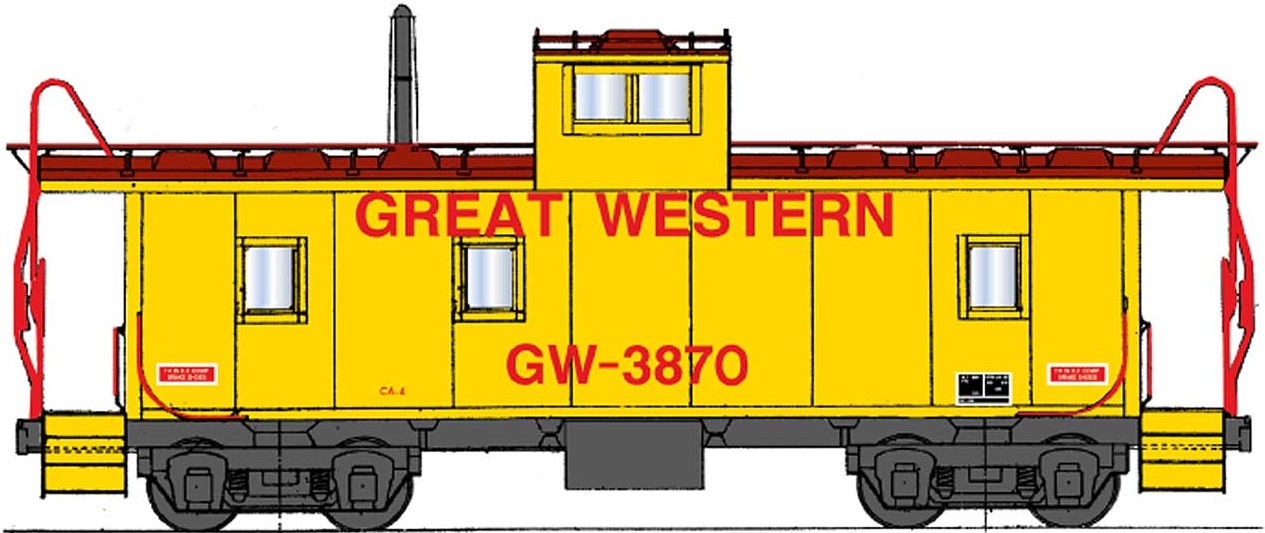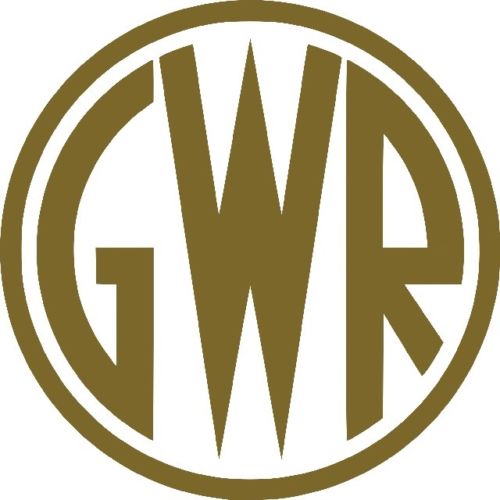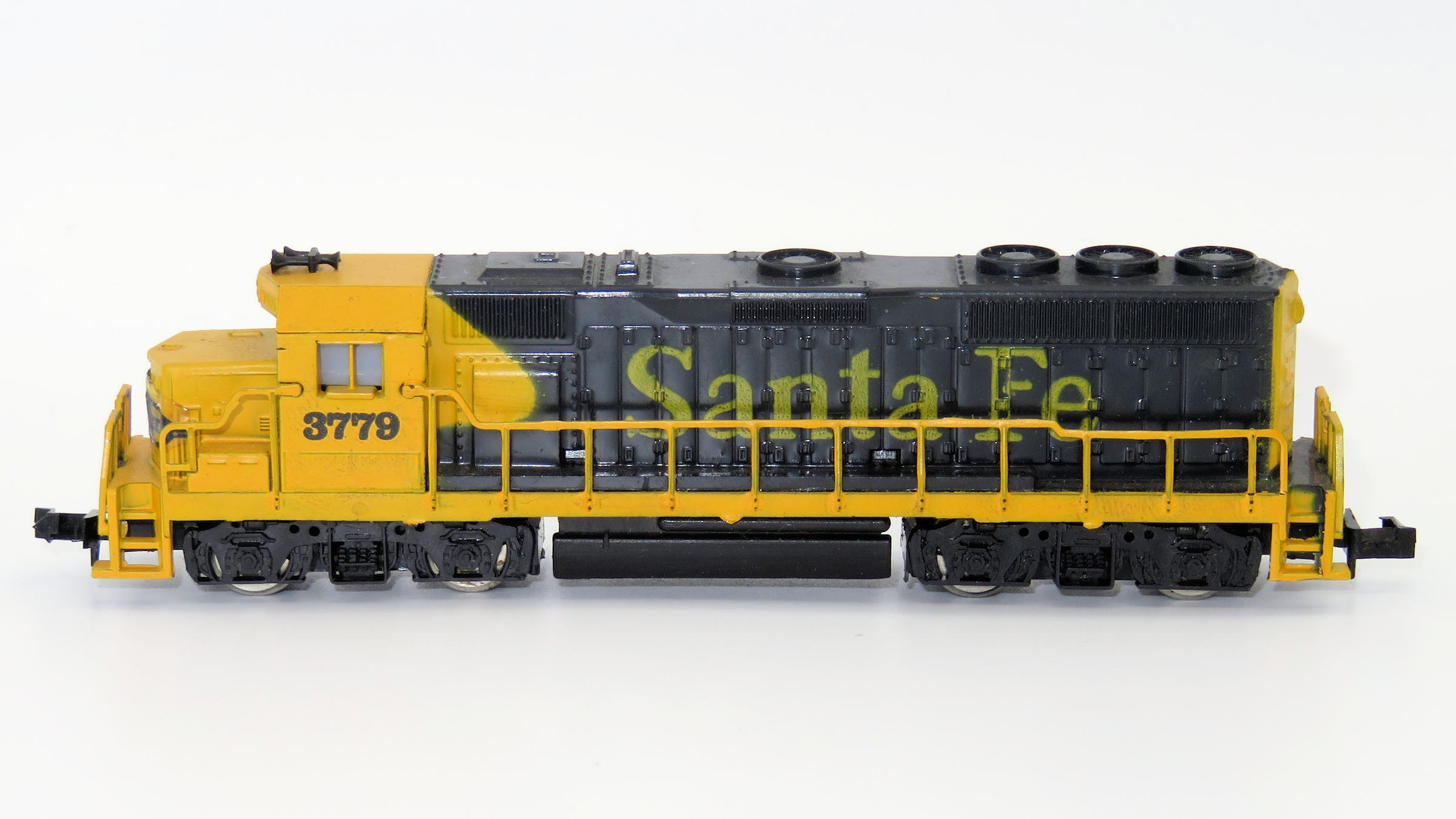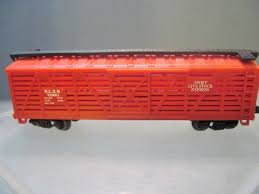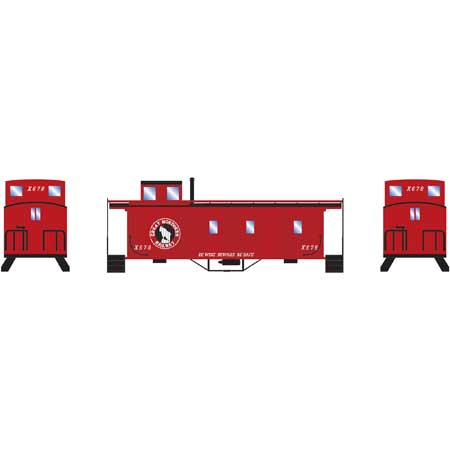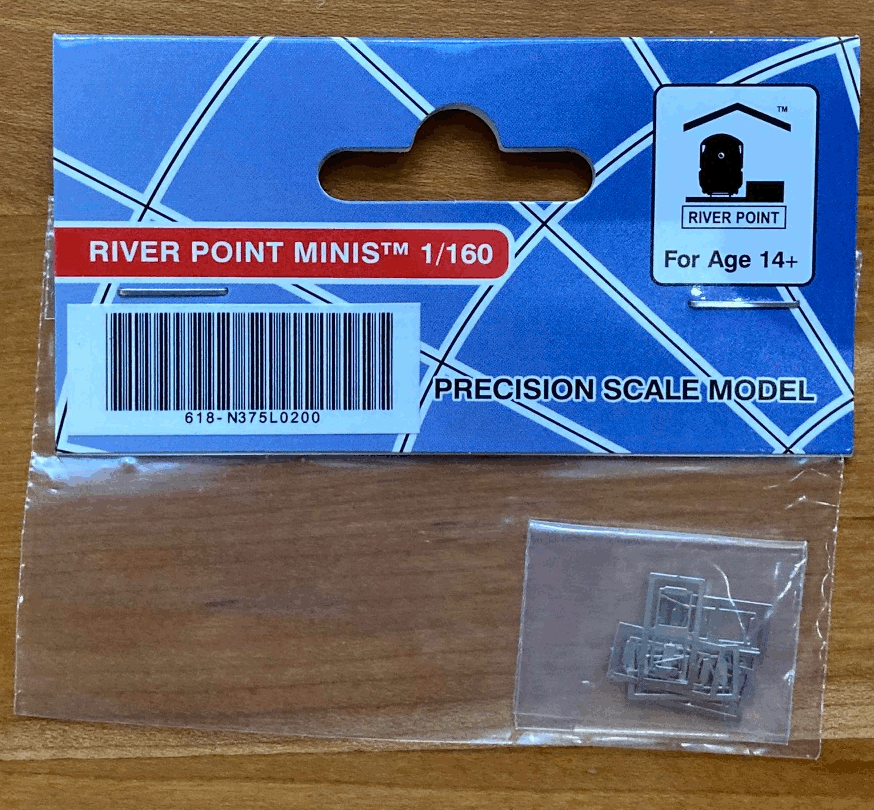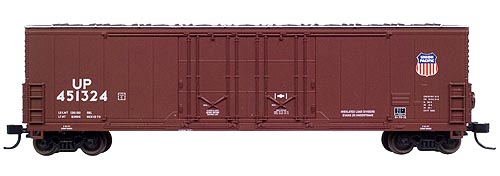Centralia Car Shops - CCS6075 - Caboose, Cupola, Steel - Great Western - 3870
| Stock Number | CCS6075 |
| Secondary Stock Number | 6075 |
| Original Retail Price | $29.95 |
| Brand | Centralia Car Shops |
| Manufacturer | InterMountain Railway |
| Body Style | Centralia Car Shops Caboose Cupola UP |
| Image Provider's Website | Link |
| Prototype Vehicle | Caboose, Cupola, Steel (Details) |
| Road or Company Name | Great Western (Details) |
| Reporting Marks | GW |
| Road or Reporting Number | 3870 |
| Paint Color(s) | Yellow |
| Print Color(s) | Red |
| Coupler Type | Intermountain Magnetic Knuckle |
| Wheel Type | Injection Molded Plastic |
| Wheel Profile | Small Flange (Low Profile) |
| Item Category | Rolling Stock (Freight) |
| Model Type | Caboose |
| Model Subtype | Cupola |
| Model Variety | CA-4 |
| Prototype Region | North America |
| Prototype Era | NA Era III: Transition (1939 - 1957) |
| Scale | 1/160 |
| Track Gauge | N standard |
Prototype History:
The origins of the railroad caboose appear to date back to the 1840s when Nat Williams, a conductor of the Auburn & Syracuse Railroad (a later affiliate of the New York Central) became fed up with cramped and uncomfortable quarters to do paperwork (a common job of the conductor, whose responsibility is general oversight and control of a train, passenger or freight), which was usually done in either a free space of a passenger car or combine/baggage car. To fix this problem, Williams found an unused boxcar and using a simple box and barrel, as a seat and desk, set up shop in the car to do his duties. Not only did he find out he had plenty of room to work but also figured that he could use the unused space to store tools (flags, lanterns, spare parts, etc.) and other essentials to have on board whenever needed (such things become commonly stored on the caboose).
Perhaps the most striking feature ever applied to the railroad caboose was its cupola. According to the story, conductor T.B. Watson of the Chicago & North Western in the 1860s reportedly used a hole in a boxcar’s roof (which he was using as a caboose) to get a better vantage point of the train ahead. It is said that Watson was amazed by the view afforded from the position being able to not only see the train ahead but also from all sides, and to the rear as well. He apparently convinced C&NW shop forces to construct a type of open observation box onto an existing singe-level caboose with windows all around where one could sit and view their surroundings. The rest, as they say, is history and the common cupola was born.
Steel Cabooses replaced their wood-sheathed brethren after the second world war when the steel glut made the production and maintenance of steel cabooses far more efficient than wooden models. With the advancement of the End-of-Train device, cabooses slowly began to fall out of favor. However, in the early 2000’s, “shoving platforms” began to appear as a place to safely house a crew when a reverse move was required. Instead of riding on the side of a freight car, the crew member now has a safe place to stand, while guiding the rear of a reverse move.
Perhaps the most striking feature ever applied to the railroad caboose was its cupola. According to the story, conductor T.B. Watson of the Chicago & North Western in the 1860s reportedly used a hole in a boxcar’s roof (which he was using as a caboose) to get a better vantage point of the train ahead. It is said that Watson was amazed by the view afforded from the position being able to not only see the train ahead but also from all sides, and to the rear as well. He apparently convinced C&NW shop forces to construct a type of open observation box onto an existing singe-level caboose with windows all around where one could sit and view their surroundings. The rest, as they say, is history and the common cupola was born.
Steel Cabooses replaced their wood-sheathed brethren after the second world war when the steel glut made the production and maintenance of steel cabooses far more efficient than wooden models. With the advancement of the End-of-Train device, cabooses slowly began to fall out of favor. However, in the early 2000’s, “shoving platforms” began to appear as a place to safely house a crew when a reverse move was required. Instead of riding on the side of a freight car, the crew member now has a safe place to stand, while guiding the rear of a reverse move.
Road Name History:
The Great Western Railway (GWR) was a British railway company that linked London with the south-west and west of England, the Midlands, and most of Wales. It was founded in 1833, received its enabling Act of Parliament on 31 August 1835 and ran its first trains in 1838. It was engineered by Isambard Kingdom Brunel, who chose a broad gauge of 7 ft (2,134 mm)—later slightly widened to 7 ft 1⁄4 in (2,140 mm)—but, from 1854, a series of amalgamations saw it also operate 4 ft 8 1⁄2 in (1,435 mm) standard-gauge trains; the last broad-gauge services were operated in 1892. The GWR was the only company to keep its identity through the Railways Act 1921, which amalgamated it with the remaining independent railways within its territory, and it was finally merged at the end of 1947 when it was nationalised and became the Western Region of British Railways.
The GWR was called by some "God's Wonderful Railway" and by others the "Great Way Round" but it was famed as the "Holiday Line", taking many people to English and Bristol Channel resorts in the West Country as well as the far south-west of England such as Torquay in Devon, Minehead in Somerset, and Newquay and St Ives in Cornwall. The company's locomotives, many of which were built in the company's workshops at Swindon, were painted a Brunswick green colour while, for most of its existence, it used a two-tone "chocolate and cream" livery for its passenger coaches. Goods wagons were painted red but this was later changed to mid-grey.
Great Western trains included long-distance express services such as the Flying Dutchman, the Cornish Riviera Express and the Cheltenham Spa Express. It also operated many suburban and rural services, some operated by steam railmotors or autotrains. The company pioneered the use of larger, more economic goods wagons than were usual in Britain. It operated a network of road motor (bus) routes, was a part of the Railway Air Services, and owned ships, docks and hotels.
From Wikipedia
The GWR was called by some "God's Wonderful Railway" and by others the "Great Way Round" but it was famed as the "Holiday Line", taking many people to English and Bristol Channel resorts in the West Country as well as the far south-west of England such as Torquay in Devon, Minehead in Somerset, and Newquay and St Ives in Cornwall. The company's locomotives, many of which were built in the company's workshops at Swindon, were painted a Brunswick green colour while, for most of its existence, it used a two-tone "chocolate and cream" livery for its passenger coaches. Goods wagons were painted red but this was later changed to mid-grey.
Great Western trains included long-distance express services such as the Flying Dutchman, the Cornish Riviera Express and the Cheltenham Spa Express. It also operated many suburban and rural services, some operated by steam railmotors or autotrains. The company pioneered the use of larger, more economic goods wagons than were usual in Britain. It operated a network of road motor (bus) routes, was a part of the Railway Air Services, and owned ships, docks and hotels.
From Wikipedia
Brand/Importer Information:
Centralia Car Shops is an N-Scale manufacturer based in Des Plaines Illinois. It is a wholly owned subsidiary of Des Plaines hobbies. Des Plaines Hobbies was founded by Ron Sebastian in 1984. Centralia subcontracts its manufacturing to InterMountain and 'piggy-backs' the production runs onto the InterMountain runs using the same factories in China as InterMountain. Shipping from factories in China is also coordinated with InterMountain as is distribution to retailers.
Des Plaines Hobbies is a old fashioned hobbyshop with an emphasis on Model Railroading. It was started 33 years ago when you could purchase a tube of glue and sticks of balsa wood. That is still true today, although we have added a few items. About 20 years ago we ventured into some light manufacturing and are also home to Centralia Car Shops, S Scale America, and O Scale America lines of kits, decals and parts. Also along the way we have purchased a few small lines that we still offer such as Microscale's S Scale decal line and Mullet River Model Works HO and S lines.
Des Plaines Hobbies is located 3 1/2 miles north of O Hare International Airport at 1524 Lee/Mannheim (US 12-45). Pace buses conveniently run north and south on Lee/Mannheim from O Hare and the Des Plaines Metra station (1 mile north). For drivers, there is parking for a couple hundred cars out front and on the right side of the store. We are located on the south side of the Jewel food store under the red awning. Come for a visit. ADA restroom available. Coffee is usually hot, if not, ask and we will put a pot on.
Des Plaines Hobbies is a old fashioned hobbyshop with an emphasis on Model Railroading. It was started 33 years ago when you could purchase a tube of glue and sticks of balsa wood. That is still true today, although we have added a few items. About 20 years ago we ventured into some light manufacturing and are also home to Centralia Car Shops, S Scale America, and O Scale America lines of kits, decals and parts. Also along the way we have purchased a few small lines that we still offer such as Microscale's S Scale decal line and Mullet River Model Works HO and S lines.
Des Plaines Hobbies is located 3 1/2 miles north of O Hare International Airport at 1524 Lee/Mannheim (US 12-45). Pace buses conveniently run north and south on Lee/Mannheim from O Hare and the Des Plaines Metra station (1 mile north). For drivers, there is parking for a couple hundred cars out front and on the right side of the store. We are located on the south side of the Jewel food store under the red awning. Come for a visit. ADA restroom available. Coffee is usually hot, if not, ask and we will put a pot on.
Item created by: CNW400
on 2020-09-01 23:39:25
Last edited by: baggedbird on 2022-11-20 15:51:43
If you see errors or missing data in this entry, please feel free to log in and edit it. Anyone with a Gmail account can log in instantly.
Last edited by: baggedbird on 2022-11-20 15:51:43
If you see errors or missing data in this entry, please feel free to log in and edit it. Anyone with a Gmail account can log in instantly.


